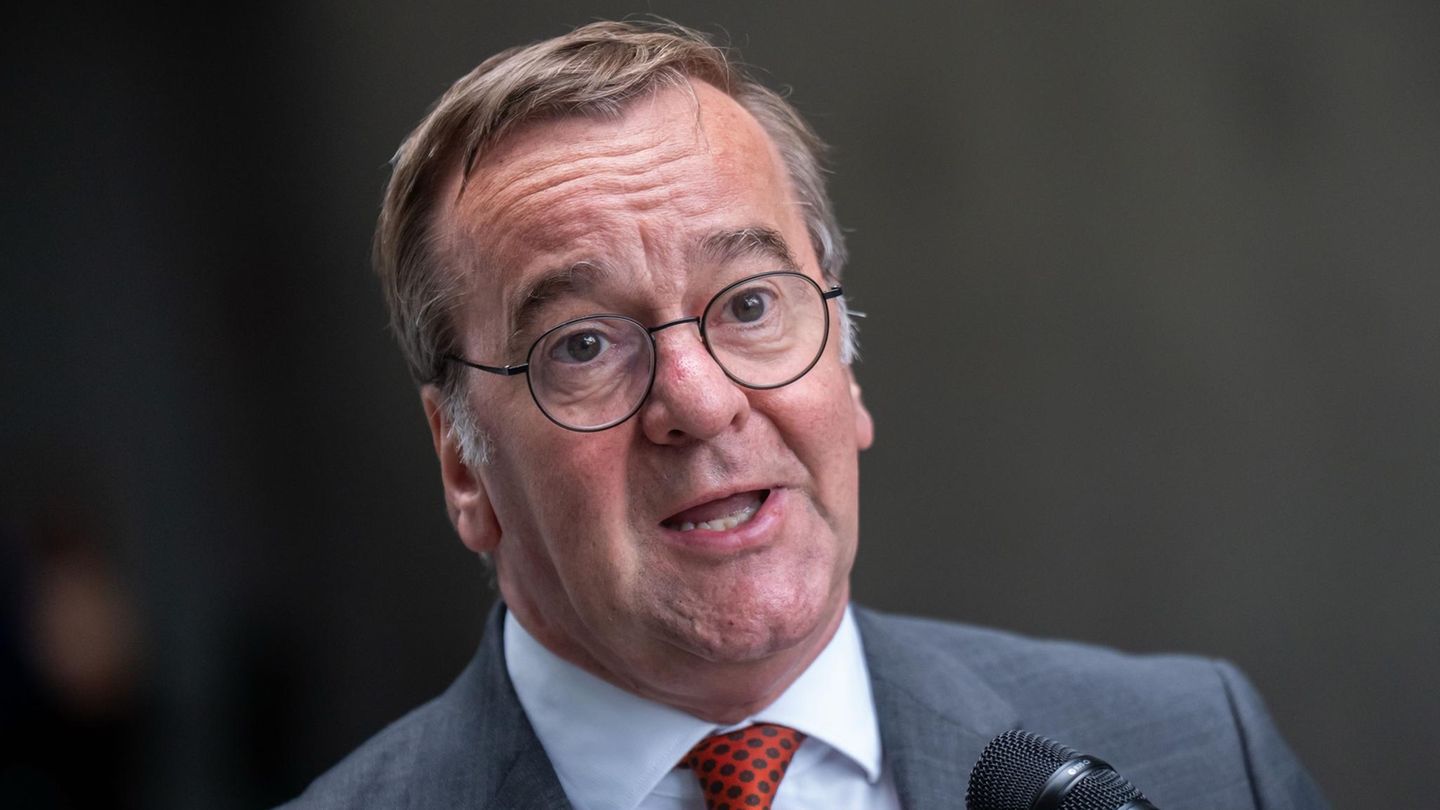According to a Quantum report, due to the large accumulation of bonds in pesos to support the curve, the Central Bank collected $800,000 million. Added to that was an AT return.
Logic would indicate that when the Government runs out of money to pay all expenses, the Central Bank comes to “monetary aid.” This is what is known as “hitting the machine” to print bills. Based on that, people assume that when the State spends it always ends up asking the entity for money. However, this is not always the case. After the primary electionsthat situation was reversed. The Treasury transferred $1.3 trillion to the Central Bank and this became one of the factors by which the monetary base was reduced.
The content you want to access is exclusive to subscribers.
According to the consulting firm Quantum, between the end of July and October of this year there was “a monetary contraction basically due to the cancellation of temporary advances for $500,000 million and due to the contractionary monetary effect generated by the collection of Treasury debt services held by the BCRA.”


In other terms, The amount of bonds in Treasury pesos that the entity has been accumulating is so high that it generated an interest income of about $800,000 million. In the three months analyzed by Quantum’s report, money returns have exceeded, for example, the issuance it had to make to intervene in secondary markets.
According to the latest balance of the BCRA as of November 7, out of a total of bonds in portfolio equivalent to $40 billion, Treasury securities in pesos total $16.6 billion. They represent 24% of the assets of the entity led by Miguel Pesce.
Quantum indicates that “another factor in the expansion of the monetary base was the purchase of Treasury securities for $1,189 trillion in the secondary market.” “It would have been done to facilitate the dismantling of investors’ positions with less impact on their prices and also by activating the puts that the banks have,” says the consulting firm run by economist Daniel Marx. The puts are the liquidity insurance that the banks took in the security exchanges that the Treasury made throughout the year. It is a commitment by the entity to buy the securities at market values.
“There is no monetary expansion due to financing the Treasury, contrary to the expectation of greater assistance to finance greater public spending that was supposed to grow between the PASO and the first round,” indicates Quantum. The consulting firm indicates that “between the end of July and October the monetary base expanded by $844,685 million, a nominal variation of 13.2% and -18.8% in real terms.” Seasonally, this is a period of lower demand for money compared to July, when it is higher due to the payment of bonuses and vacations.
If there is something that explains the monetary expansion of the post-primary period, it was the Leliqs and Passes. The remunerated liabilities of the BCRA observe interest payments of $5,465 billion, but that expansion was absorbed by the issuance of those same instruments for $5,029 billion. Another important item was the purchase of dollars from the private sector, which generated an issue of $606.7 billion, which was partially offset by an absorption from the sale of foreign currency to the public sector for $77.0 billion.
Source: Ambito




